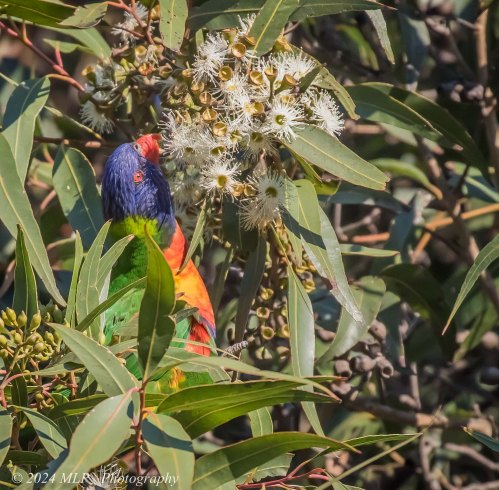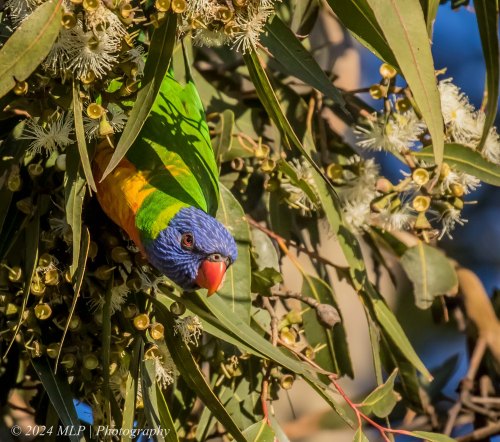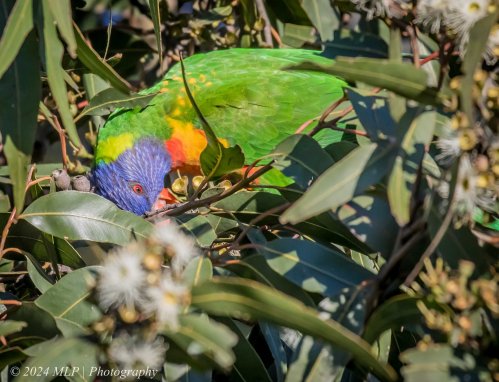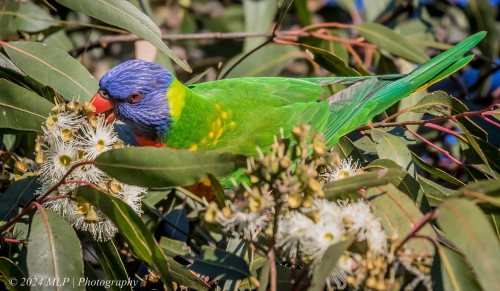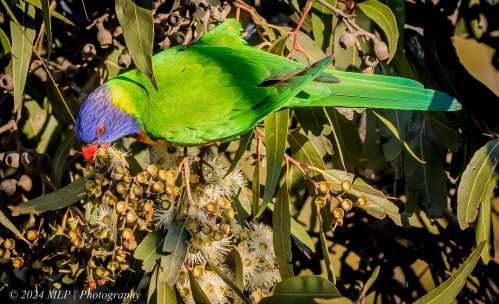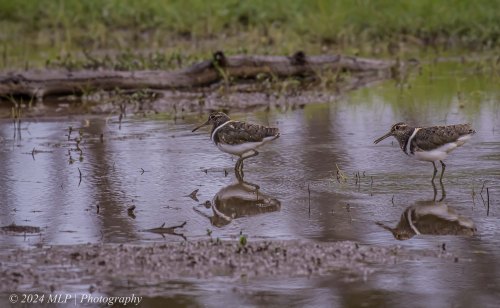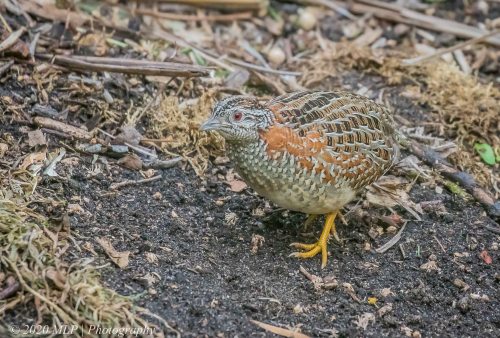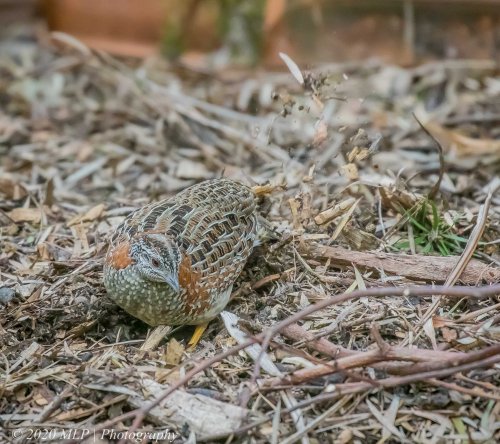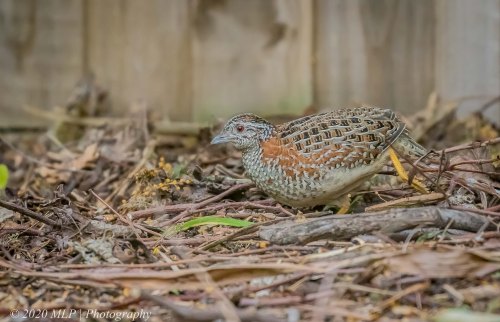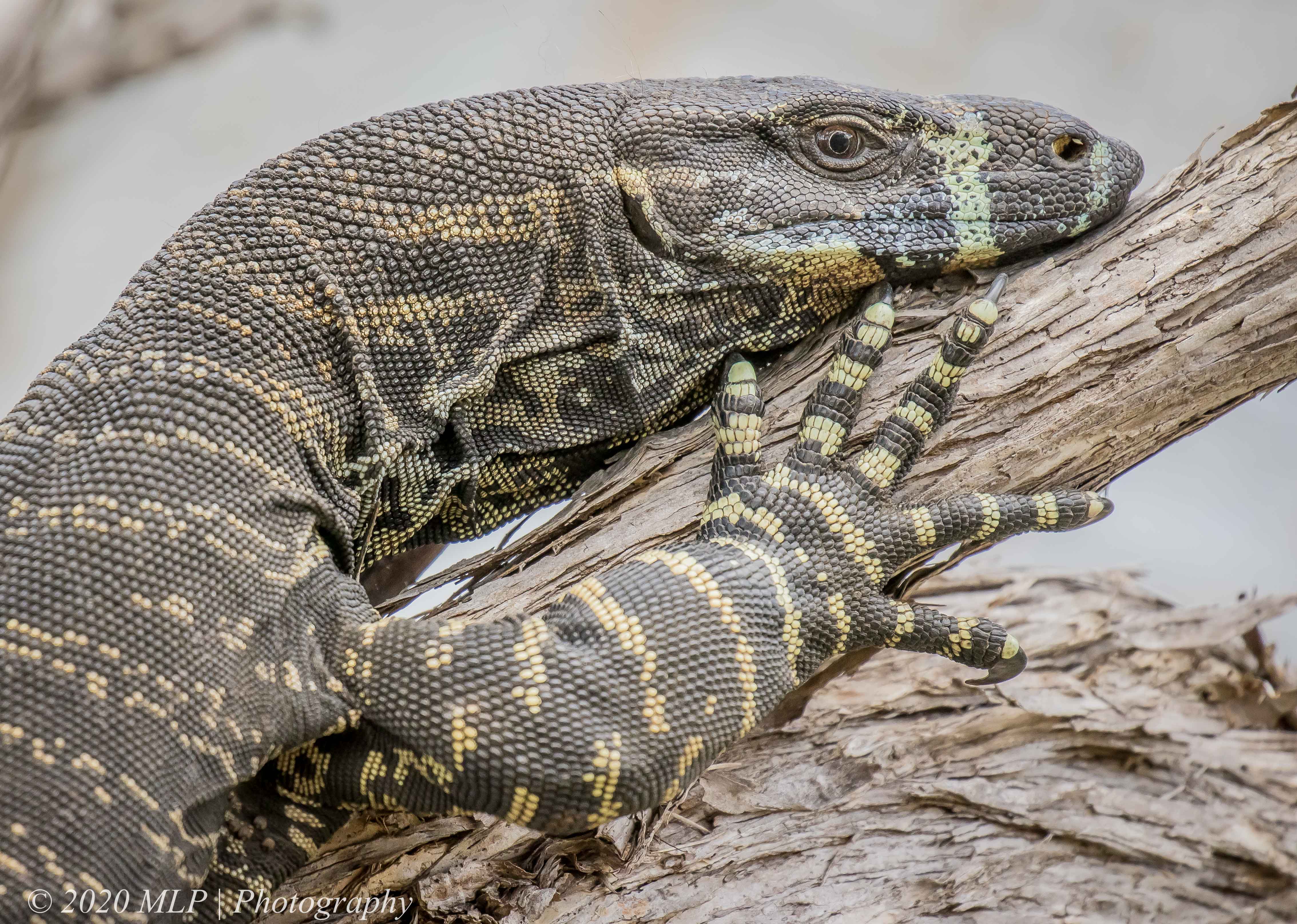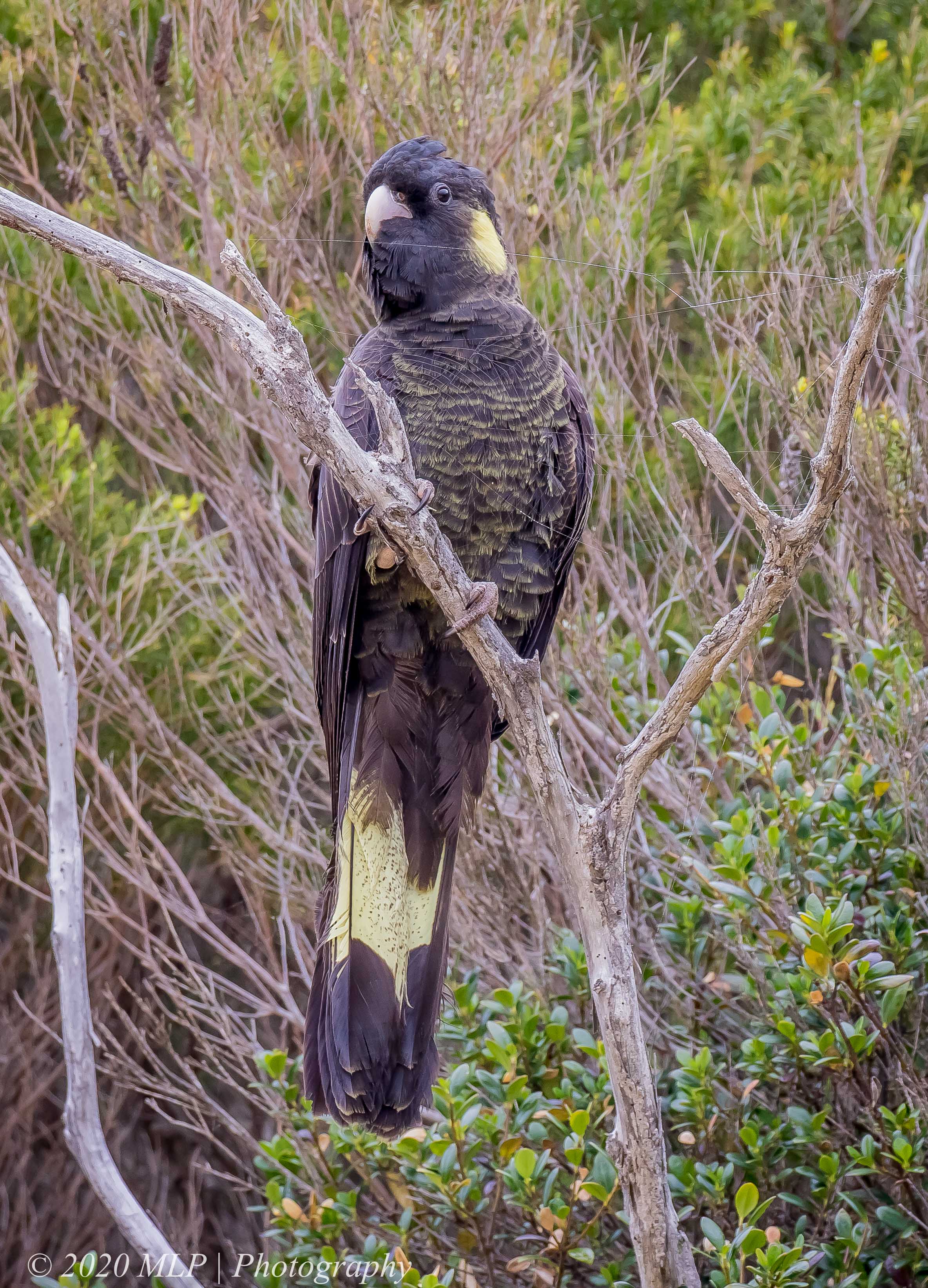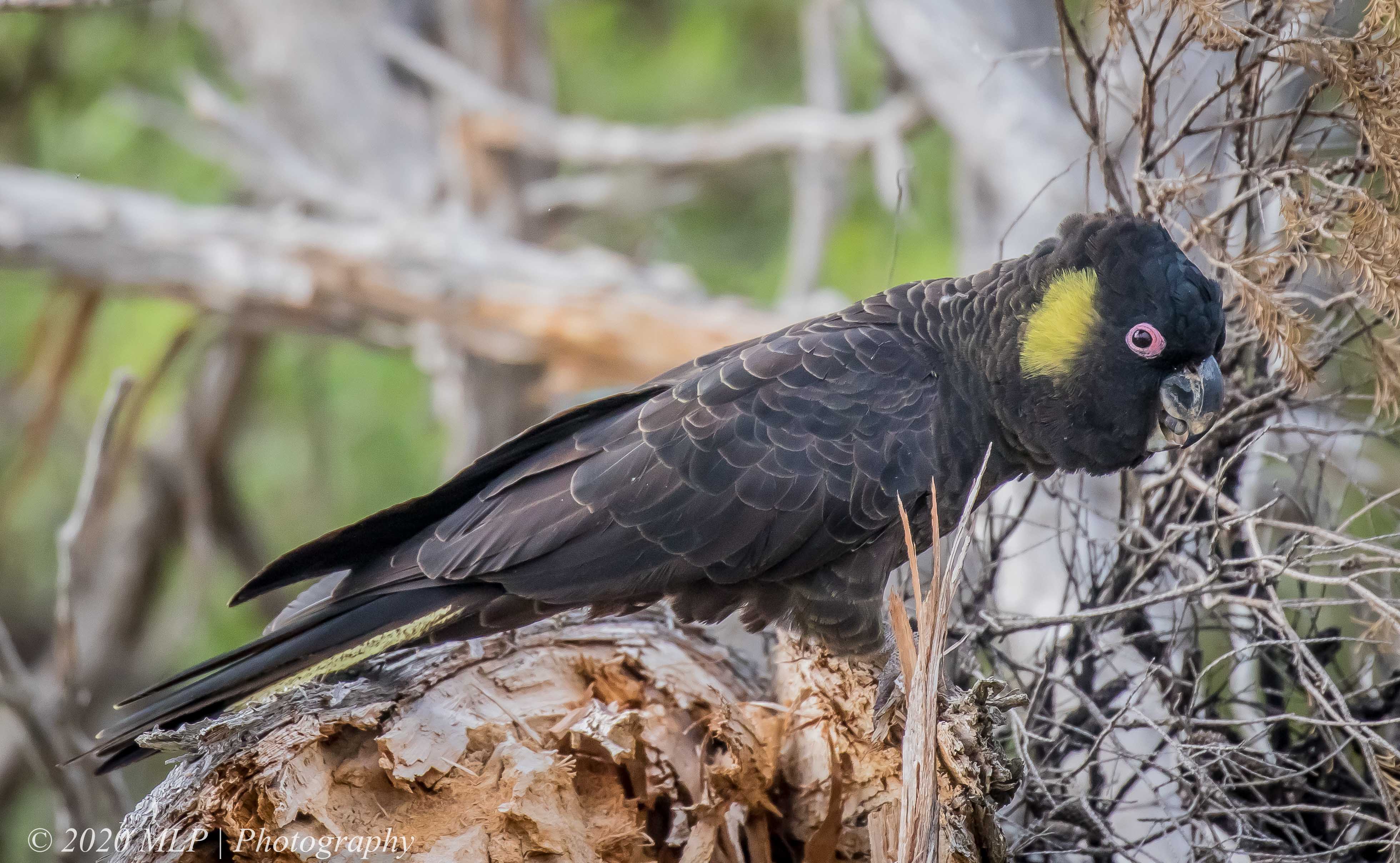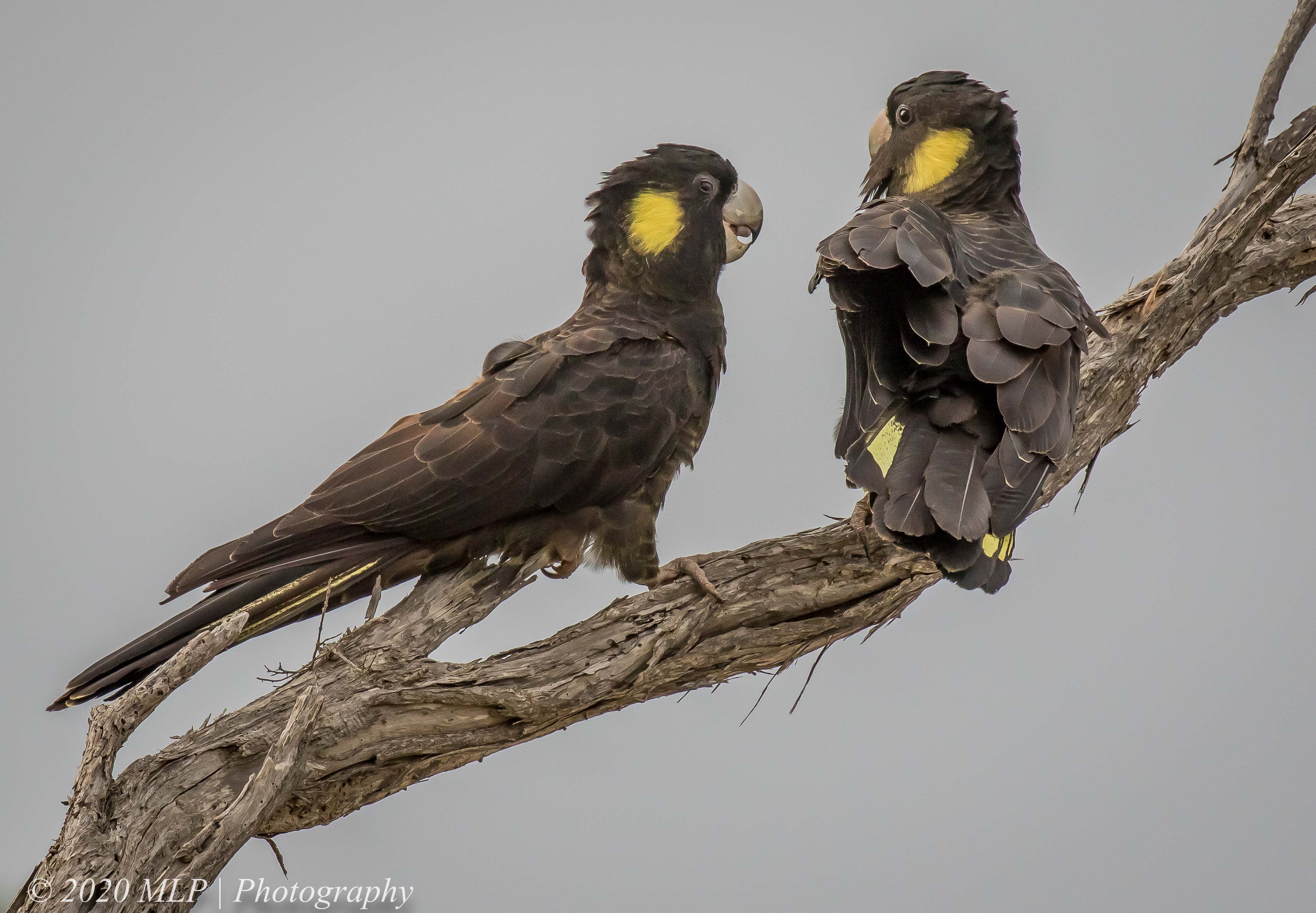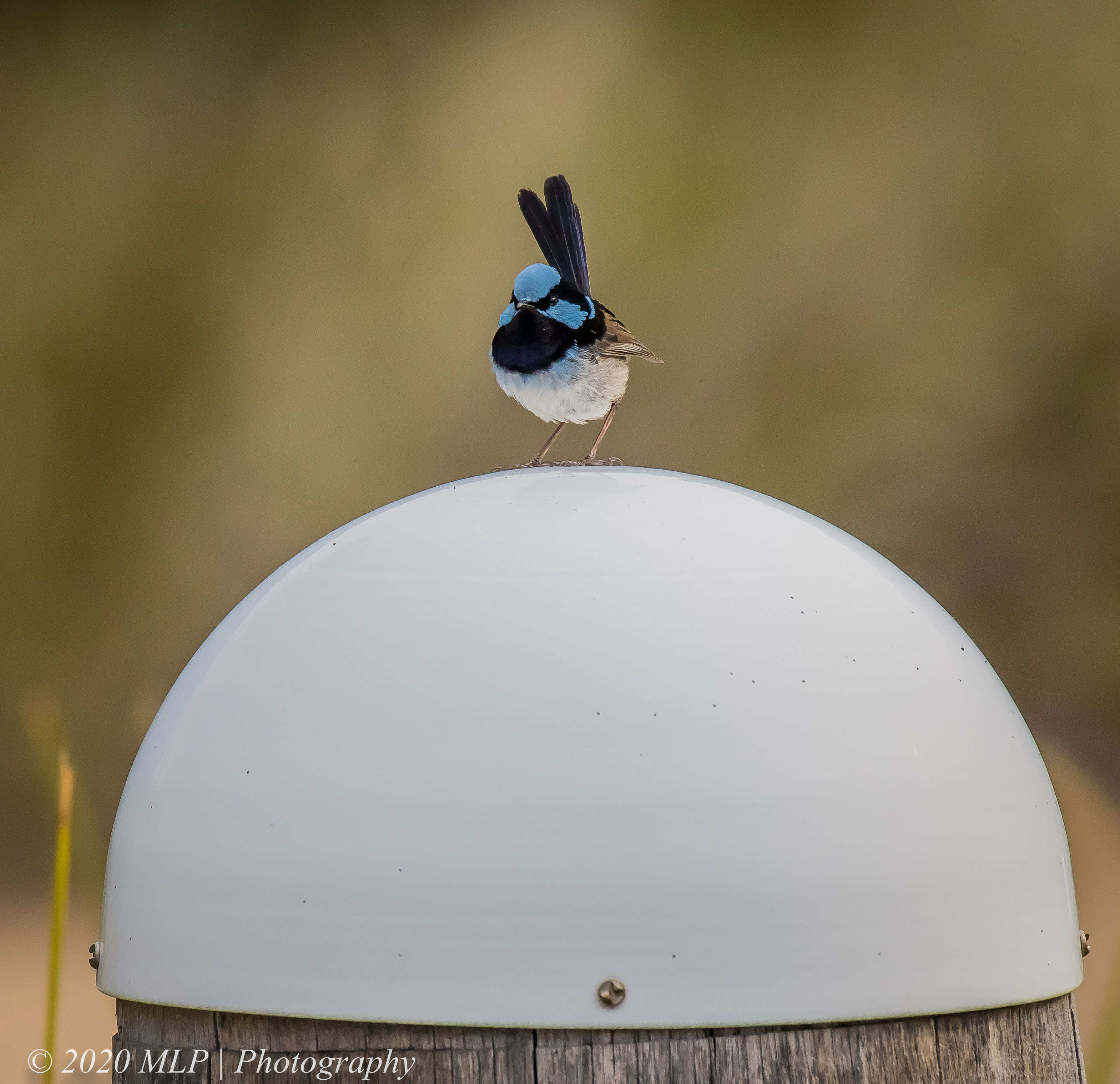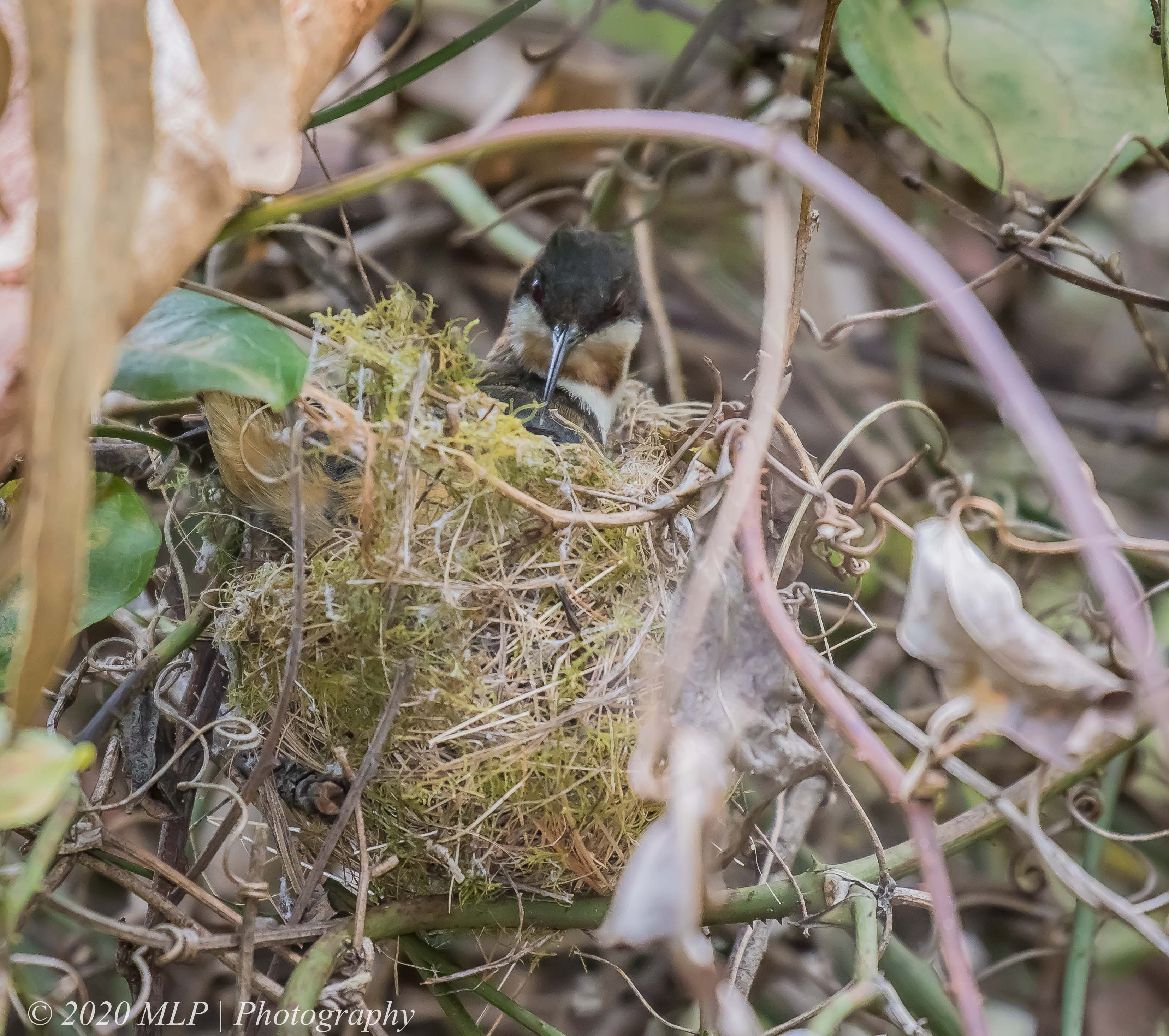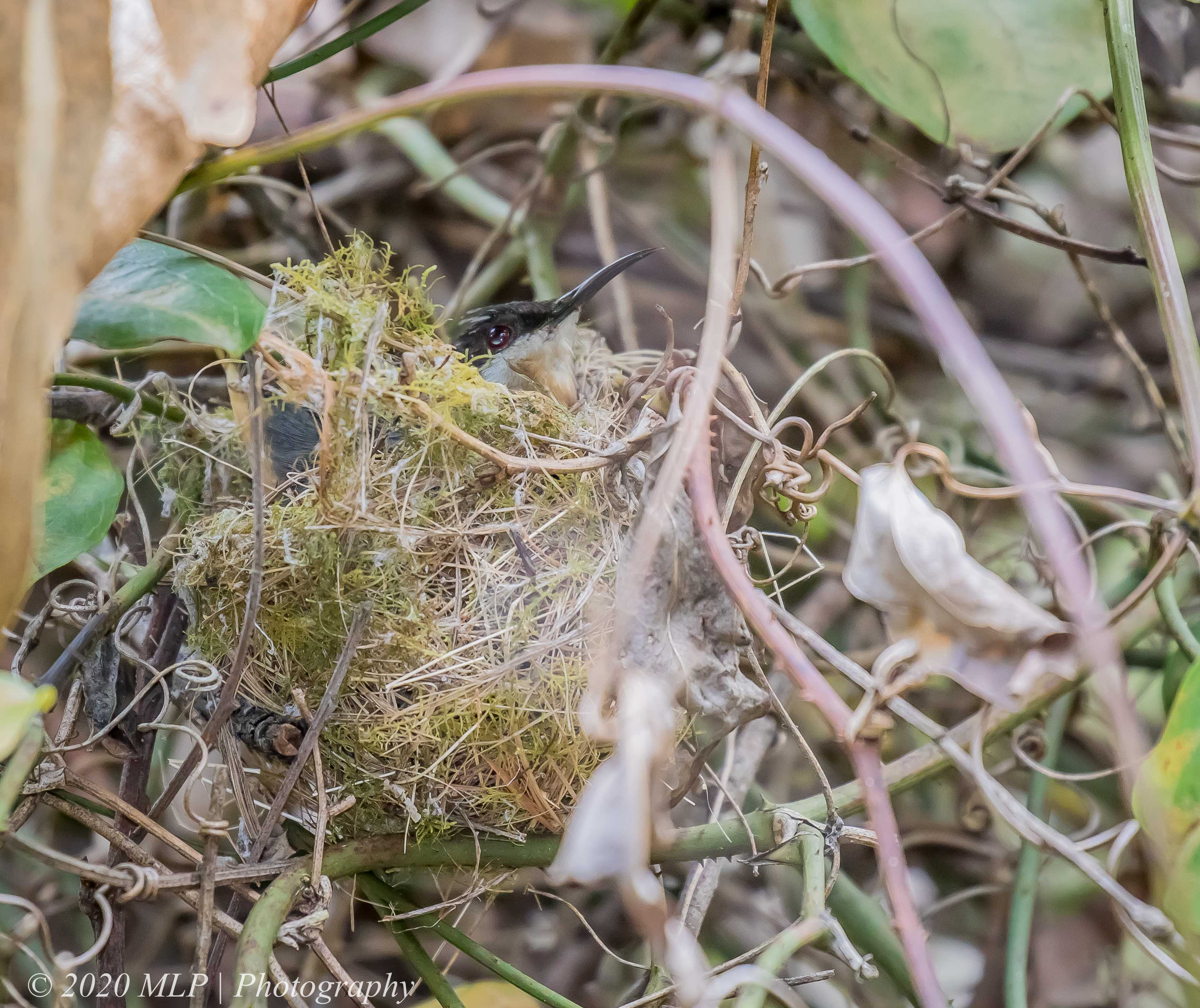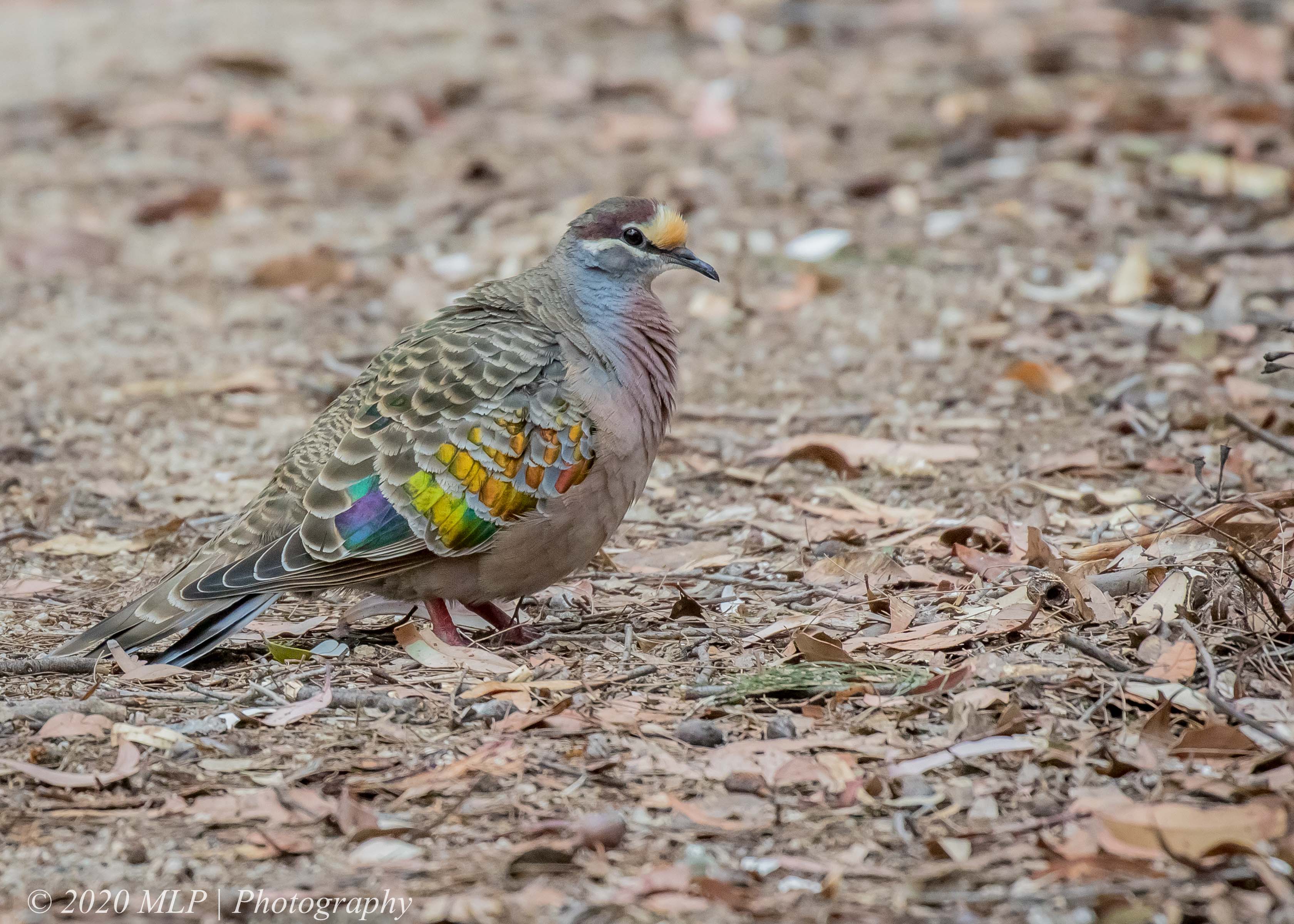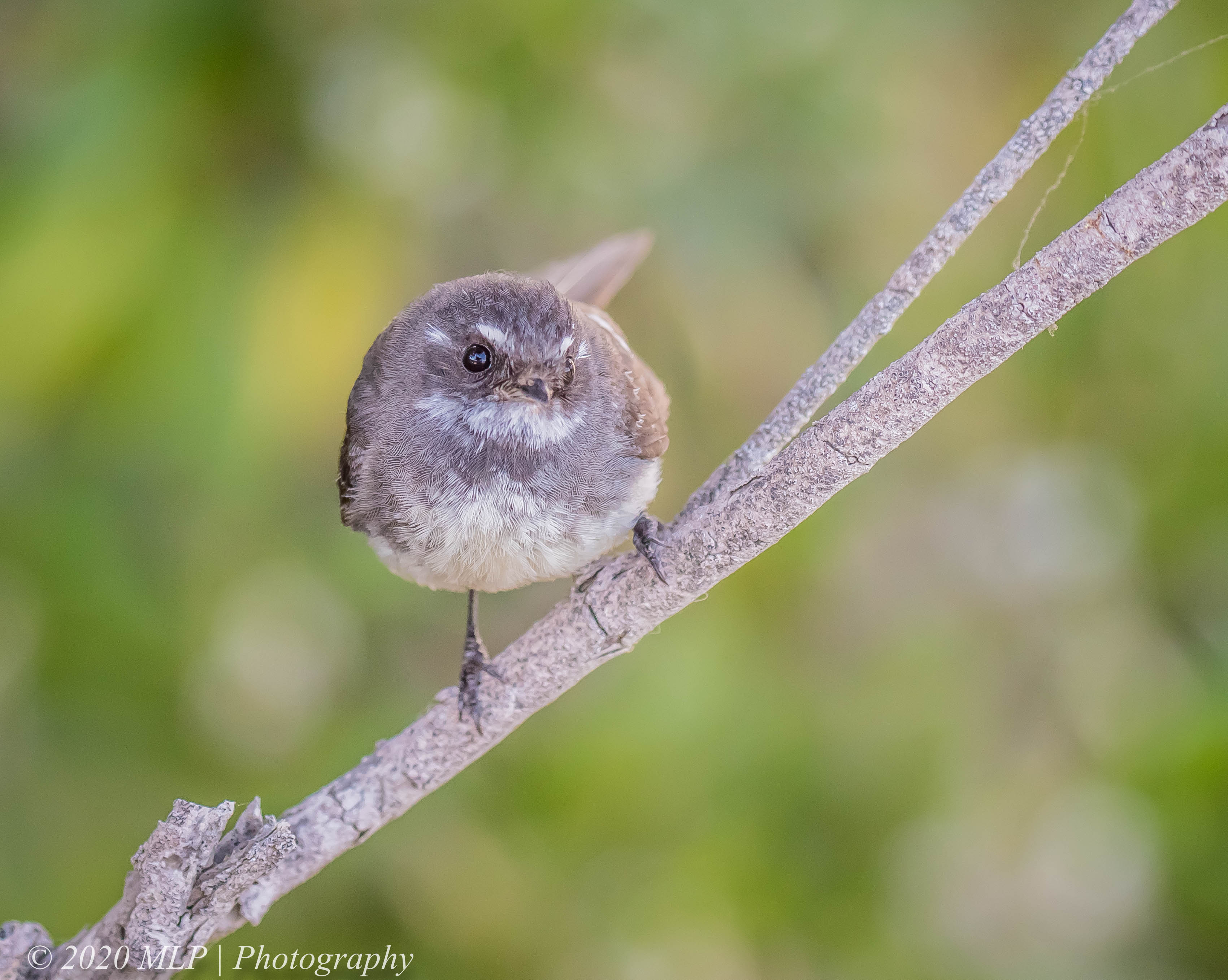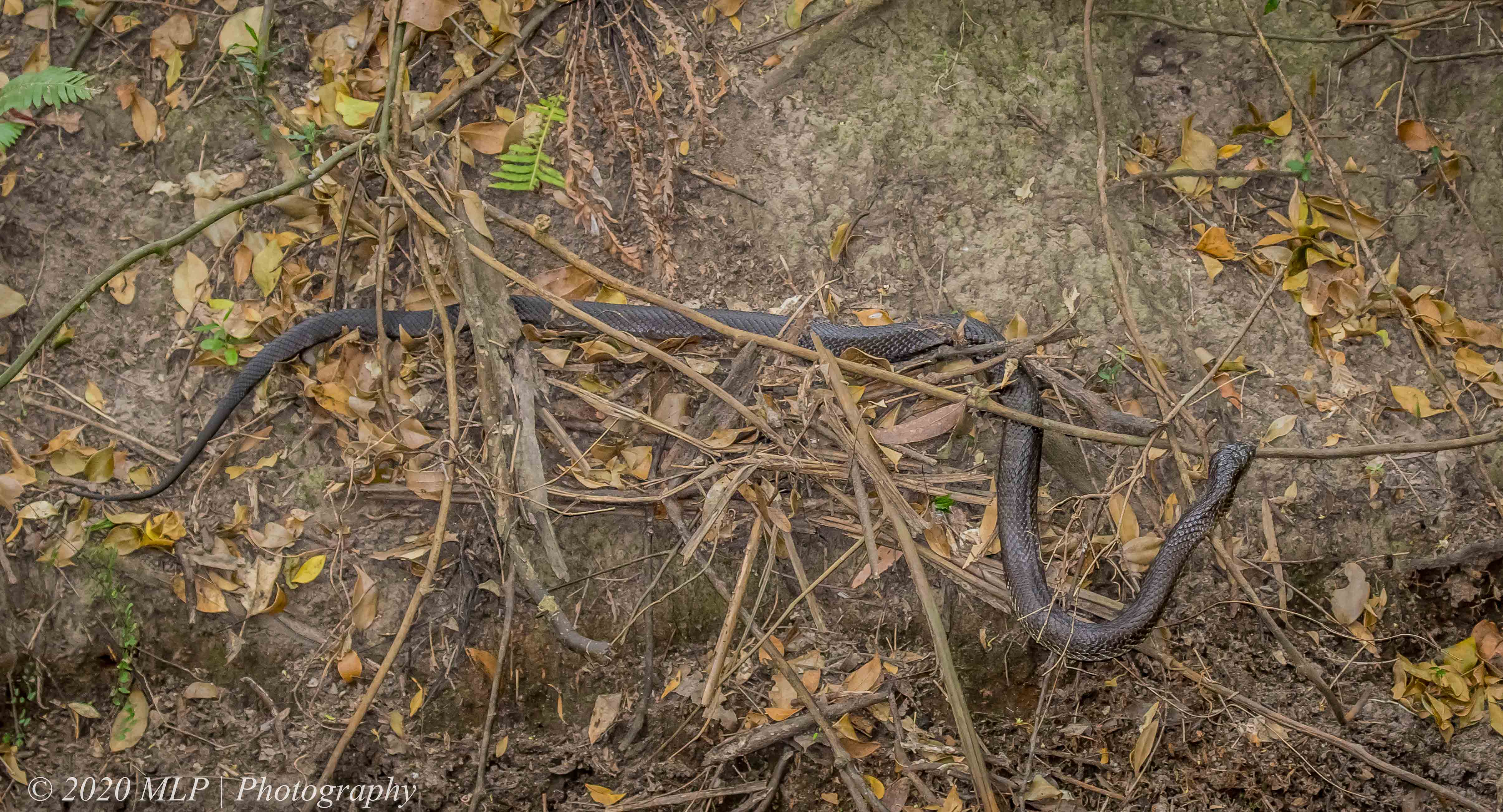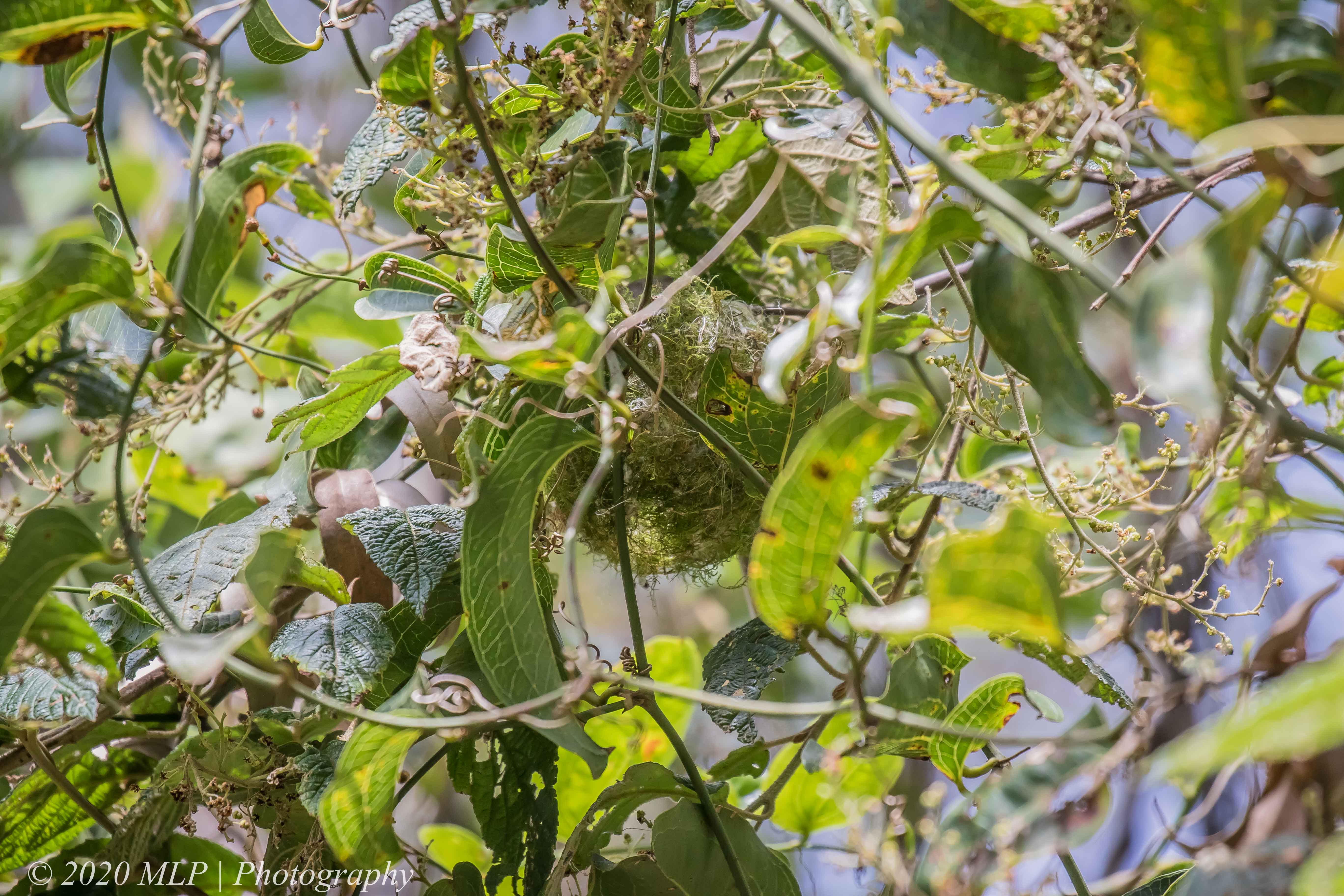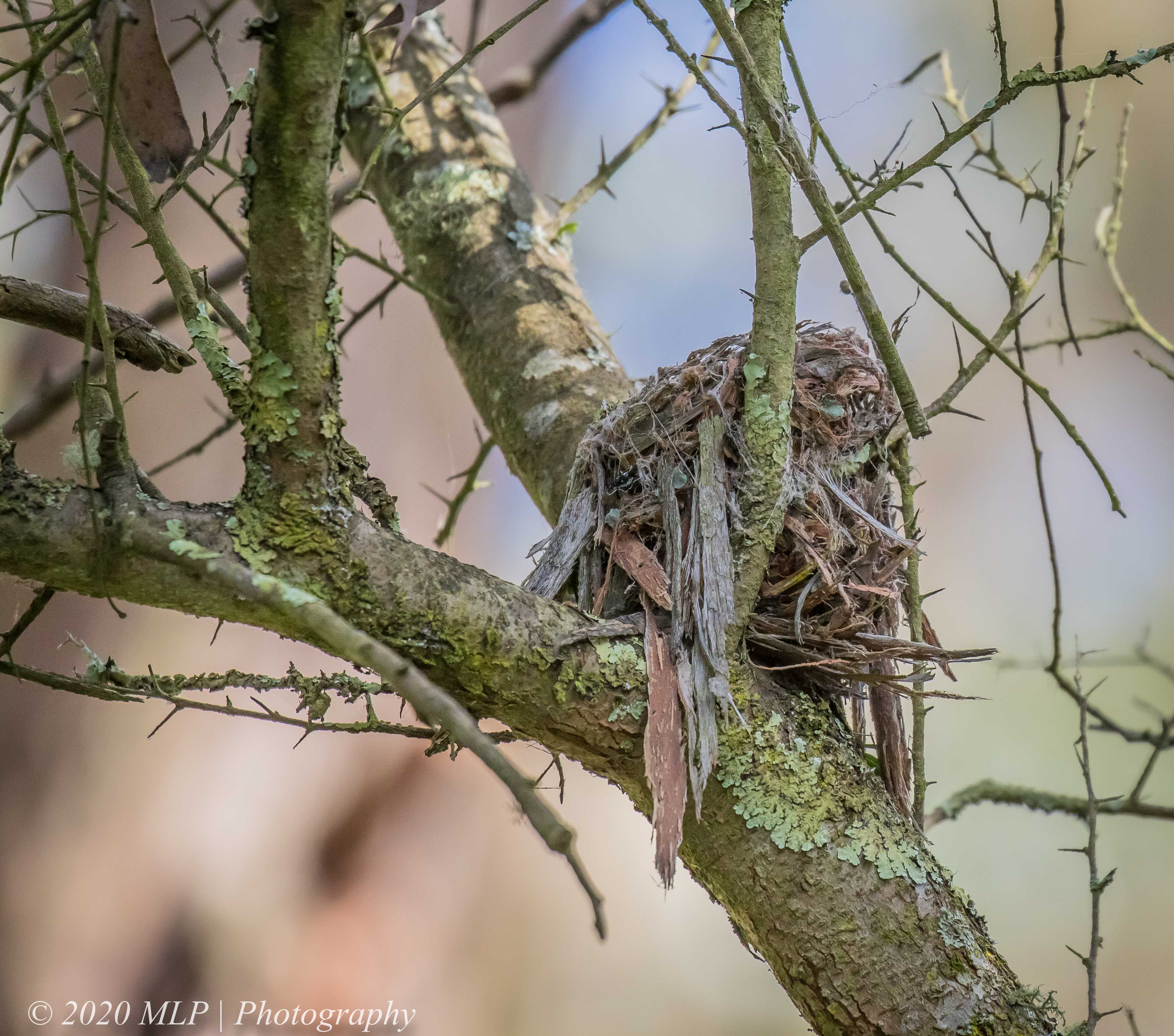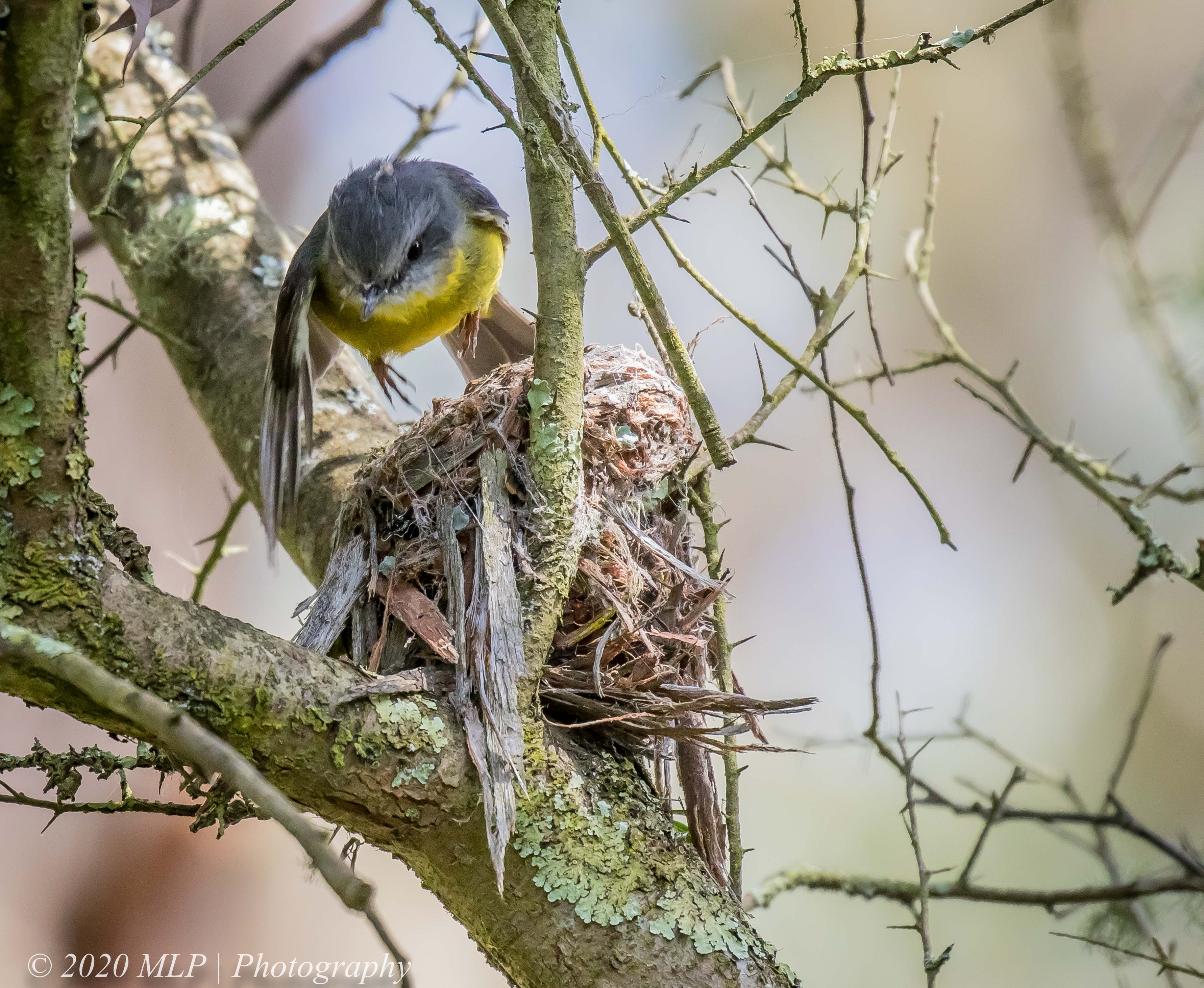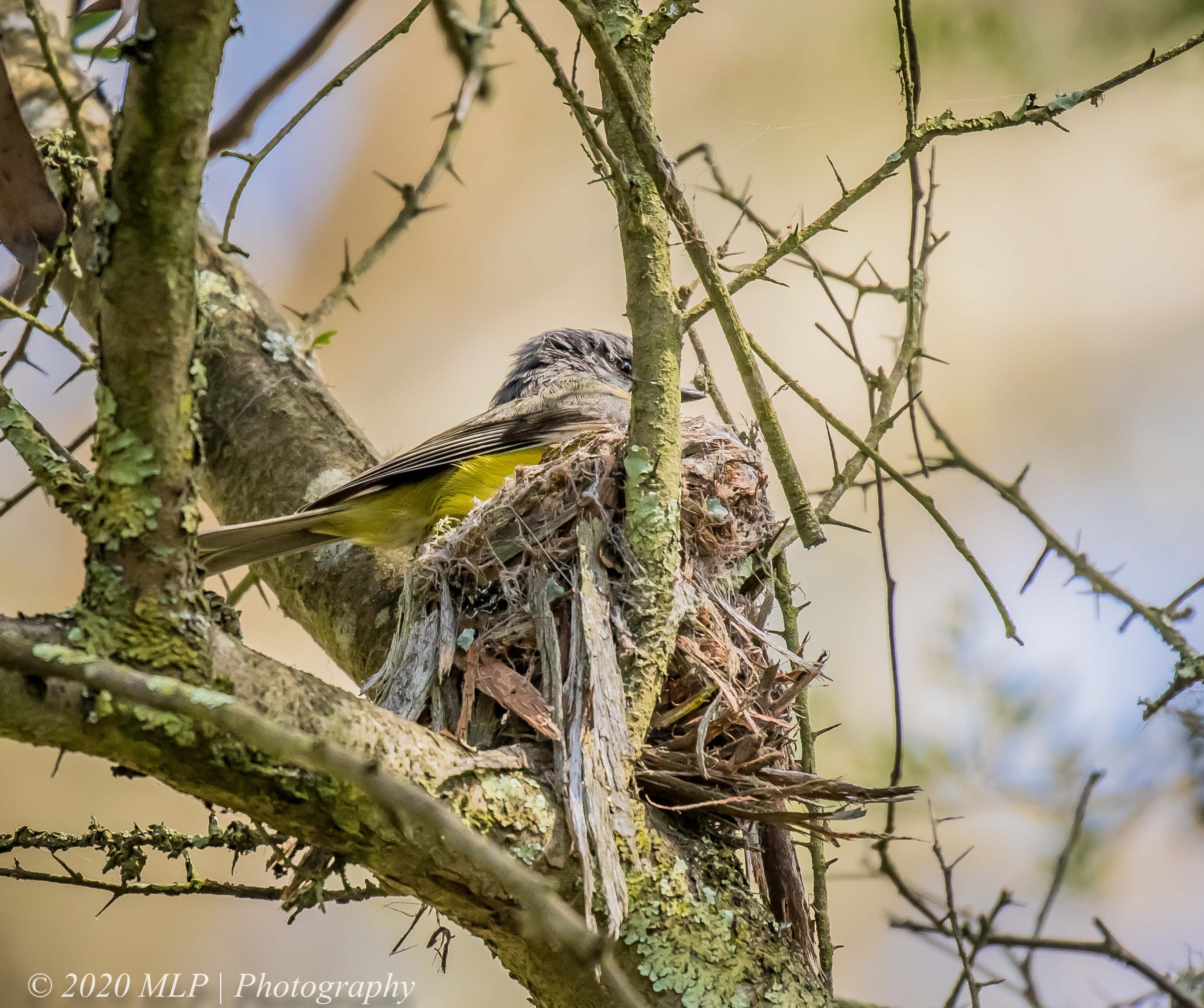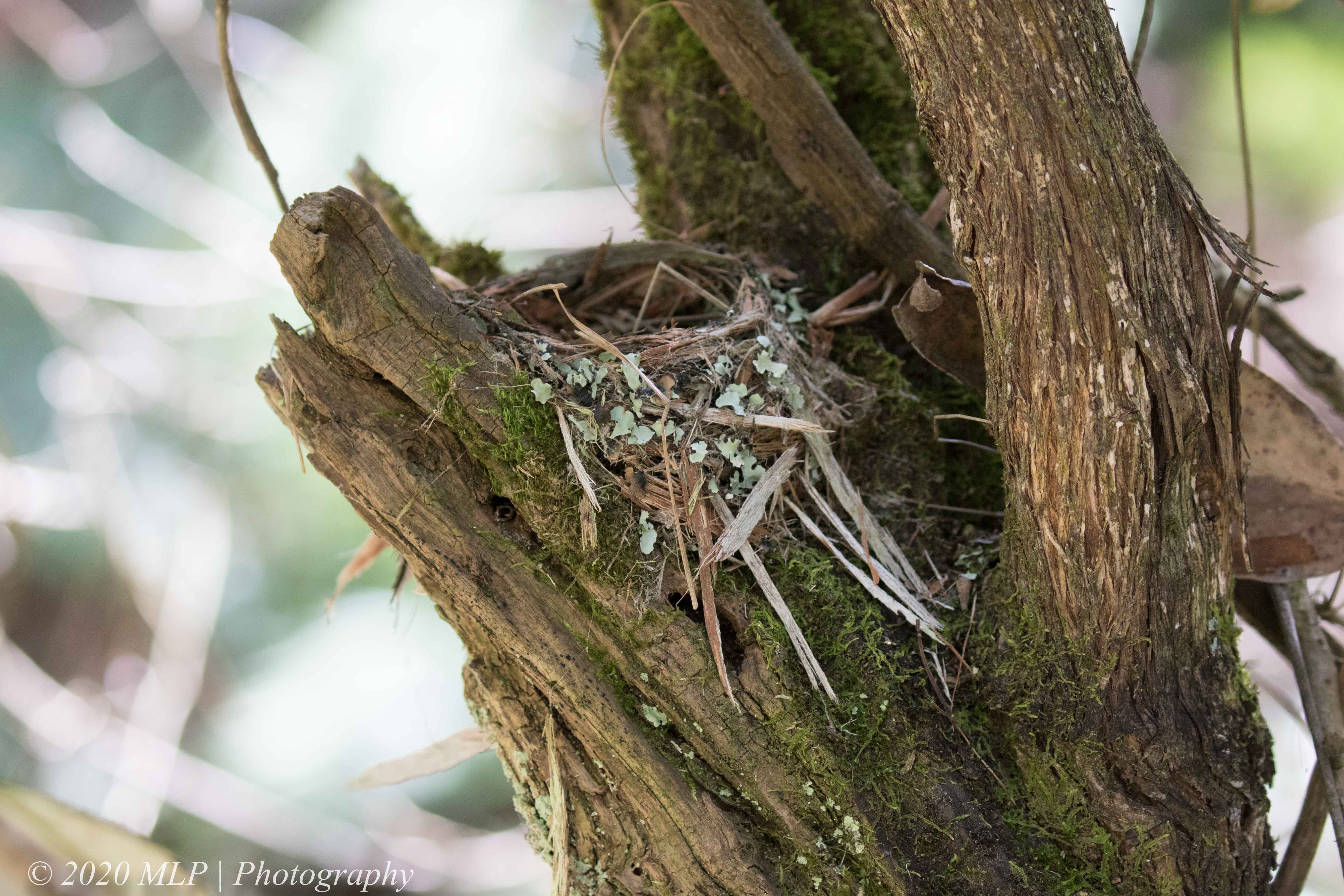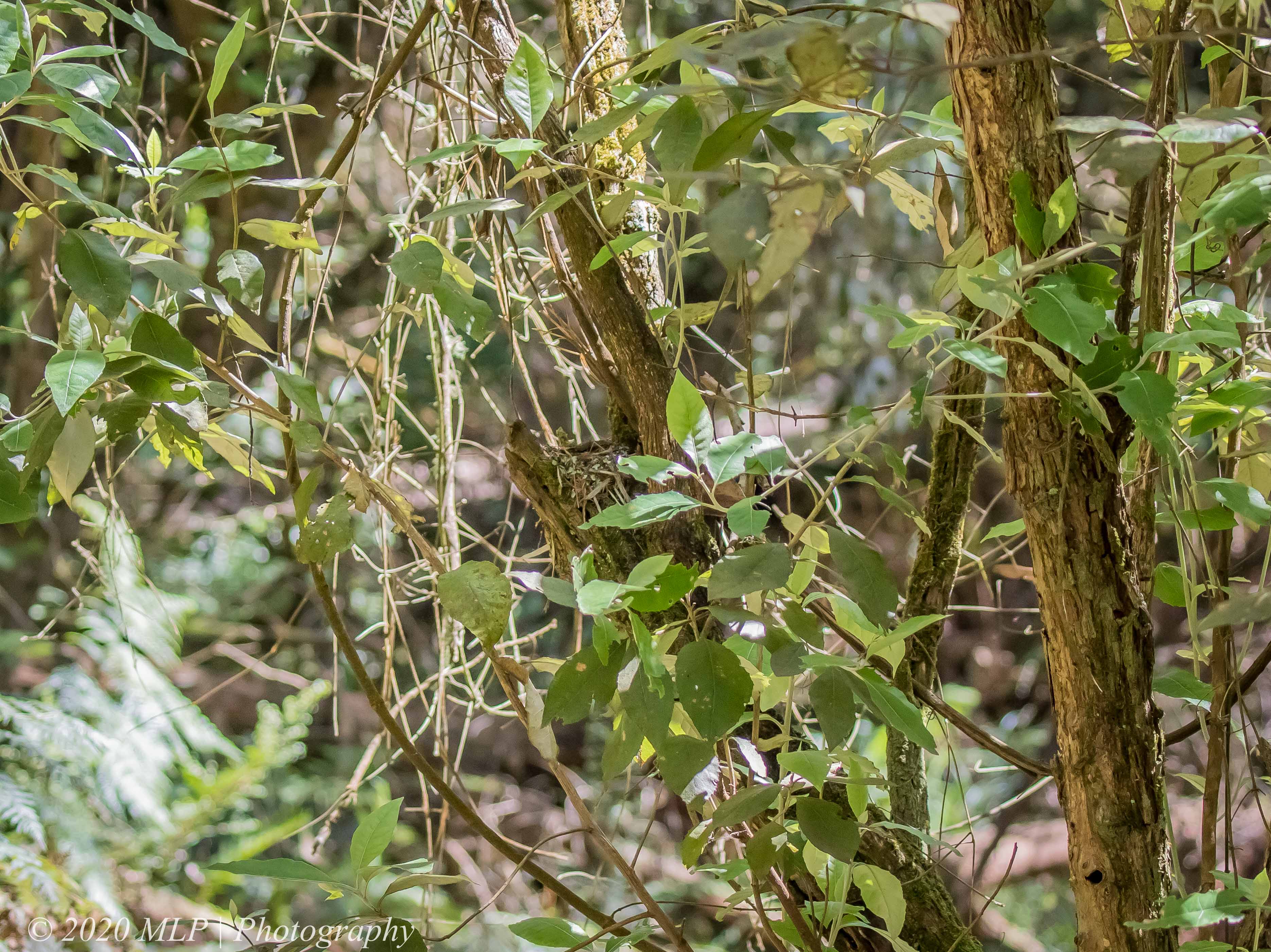It took 5 trips to Mallacoota but I finally found an Eastern Reef Egret, also called the Pacific Reef Heron. It is found along the east coast of Australia with its southern range ending around Mallacoota. While not rare along the east coast it has been my hoodoo bird. On my last trip in December I found one fishing on the rocks at Bastion Point and spent some time watching and photographing it. I took probably 400 photos and followed it along the exposed reef. It seemed comfortable with me sitting nearby and kept an exact flush distance. It briefly moved to the outer rocks when a few off leash dogs ran along the beach but came back closer once the dogs moved on. I was happy that I had finally found my Reef Heron. Two days later I found it again with its partner – or possibly two different birds, at Secret Beach along the coast.

Eastern Reef Egret, Bastion Point, Mallacoota, Vic

Hopping from rock to rock looking for prey

Occasionally getting swamped by waves

IV

V
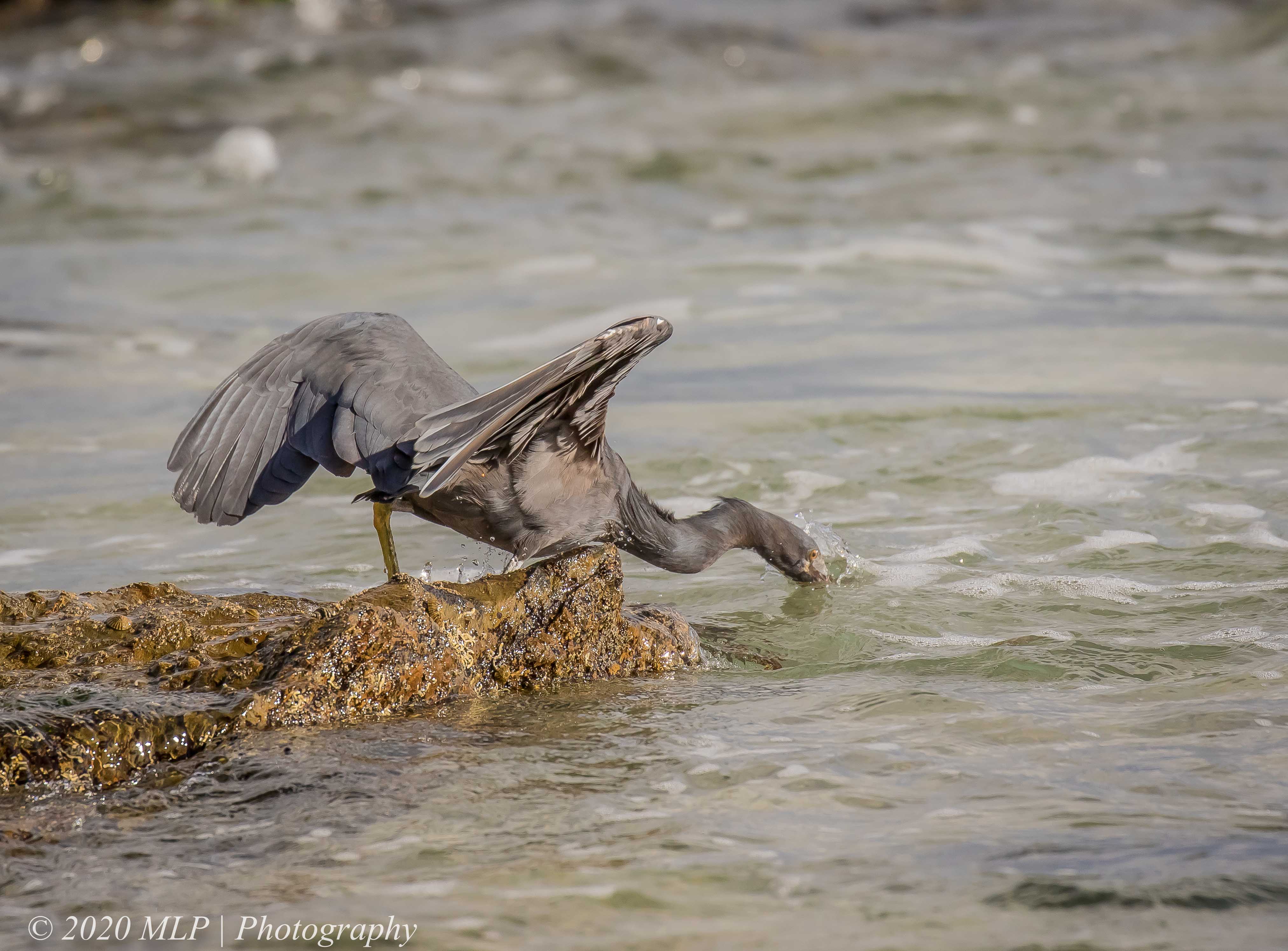
VI

With the prize
At Secret Beach, I found two Reef Egrets resting and preening at high tide.

Eastern Reef Egrets, Secret Beach, Mallacoota, Vic
While photographing the two Egrets I moved as close as I could without making them nervous. Moving a little closer I straddled two rock outcrops above a small inlet and tried to balance. I got quite wet when a wave came in and broke over the front rock.

Splash
